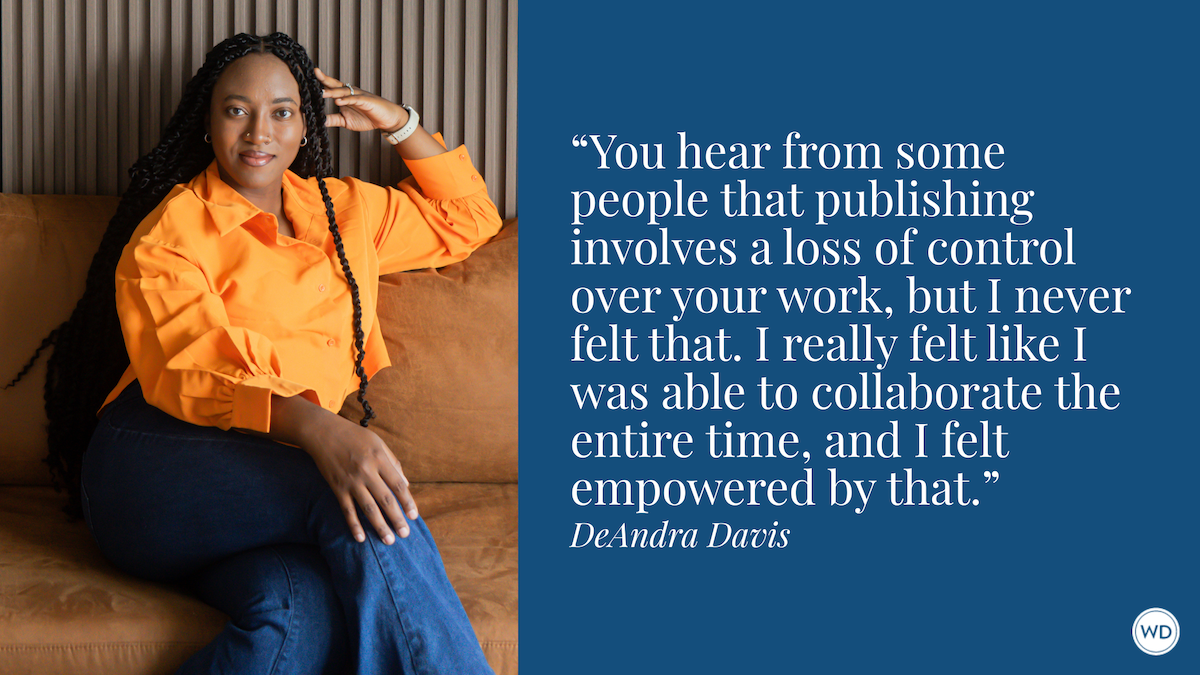Why (and How) I Write Issue-Driven Fiction: Instructions for Navigating Our Lives
With a background in caretaking, education, and counseling, author Lynne Reeves has spent years observing the lives of those around her and how they are impacted socially and culturally. Here, she discusses why (and how) she writes issue-driven fiction.
If you go to a party and tell someone you’re a writer, be prepared for the same handful of questions to come your way. Do you write every day? Morning or evening? In a coffee shop or a room of your own? Music, no music? The question I dislike the most is, “Have I read anything you’ve written?”
A conundrum to be sure, there’s no good way to answer that one. But the question I love is, “Where do you get your ideas?” That I can answer. Here goes…
Where Do You Get Your Ideas?
Some novelists begin writing with an image, a place, or a theme in mind. I start each of my novels with specific characters grappling with an undiscussable family issue jeopardizing the relationships they hold most dear. As a counselor and storyteller, I’m eager to examine the impact of a particular social issue on culture and society—through the lens of one or more characters dealing with its reverberations personally, intimately.
I’ve written about whether or not a mother is still a mother if she’s lost her only child. I’ve explored a mother and daughter relationship fraught with issues of choice. Adolescent mental health, yes. The impact of addiction on marriage and parenting, also yes. In my new novel of domestic suspense, Dark Rivers to Cross, I turn my attention to yet another difficult-to-discuss social issue, the impact of family violence on relationships and identity.
In this story set deep in the Maine woods, I tackle these broad themes through the point of view of a mother and one of her adult sons. Like a storm-tossed river, as Lena tries to keep her children from knowing their traumatic origin stories, Luke drives the narrative in a different and more dangerous direction. Through their unique voices, and a plot set in an unforgiving wilderness, I walk a tightrope between exploring these compelling issues and giving them a natural place to be expressed by seemingly real characters.
To my mind, the best social novels do this without inserting elements of the writer’s philosophy or opinion. With intention, I take great pains not to be prescriptive, but instead, to let readers make their own inferences, about what to think and how to feel.
IndieBound | Bookshop | Amazon
[WD uses affiliate links.]
Diving Into the Issues
Trained as a nurse, an educator, and counselor, I still do thorough research on each novel issue. For Dark Rivers to Cross, I read anything and everything I could on the topic of inherited trauma and the early efforts to take domestic violence more seriously in our country. All fiction includes fact, yet, how to handle the reveal of reality into the story, and what leeway readers will give me to do so, weighs heavy on my mind.
While each social issue is unique and nuanced, my storytelling process for every novel is the same. Once I’ve done enough research to be able to weave telling details in seamlessly, I stop reading, I quit interviewing experts and families. The connection between my fictional characters and the plot takes center stage now. It’s my hope that I’ve internalized what I need to fully inhabit the story, to add complications to the situations in which my characters find themselves.
What I try not to do is cheat information in through dialogue. Or write long passages of “telling” in summary. When I layer in theme and premise, I aim to do it without the intention of delivering a specific message. I place my trust in readers to draw their own conclusions.
Finding Issue-Driven Fiction
There have always been novels that address the social enigmas of poverty, the plight of child labor, violence against women, rising criminality, and epidemics in cities. And while the novels of Dickens, Updike, Chopin, and Eliot did not solve any of these problems, they continue to provide an avenue to discuss them decades after they were written.
Today’s readers have lots of options for reading the social novel. Perhaps they tack back to the classics. Or they veer closer to taut psychological stories that also grapple with the realities of domestic life, like books that ponder living with a mental health issue (Sorrow and Bliss by Meg Mason), or what it means to be a native person in the 21st century (Night of the Living Rez by Morgan Talty), or coping with life after incarceration (The Sentence by Louise Erdrich).
For many readers, the trauma inheritance shapes their lives in far reaching ways. And while it is a legacy one cannot escape but must endure, inhabiting fictional narratives offers readers a vicarious path to examine intense and complicated issues of our time from a safe distance. In this way, novels are embedded with instructions on how to navigate a life. Like other social stories, Dark Rivers to Cross is intended to connect our hearts and minds. The act of reading can transform us if we let it.
Lynne Reeves Griffin is an internationally recognized family counselor, public speaker, teacher and writer of fiction and non-fiction. Her writing has been published in WBUR’s Cognoscenti, Parents, Psychology Today, Solstice Literary Magazine, Chautauqua Journal, Craft Literary, Fiction Writers Review, Brain, Child, Your Teen, and many other outlets. As Lynne Reeves, she writes novels of domestic suspense, including The Dangers of an Ordinary Night and Dark Rivers to Cross, published November 2022. Lynne is a member of International Thriller Writers, Mystery Writers of America, Sisters in Crime National and Sisters in Crime New England. Find her online at lynnegriffin.com, and follow her on Instagram and Twitter.








